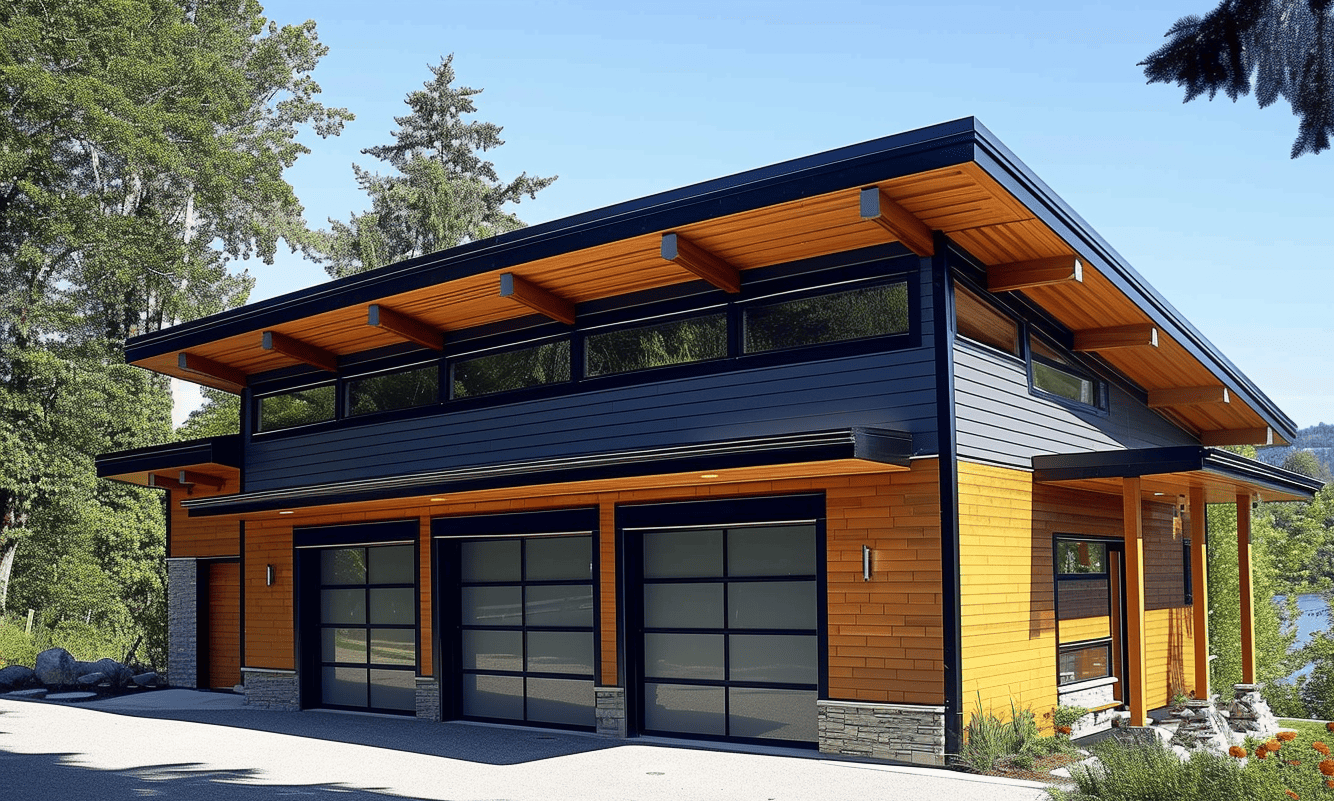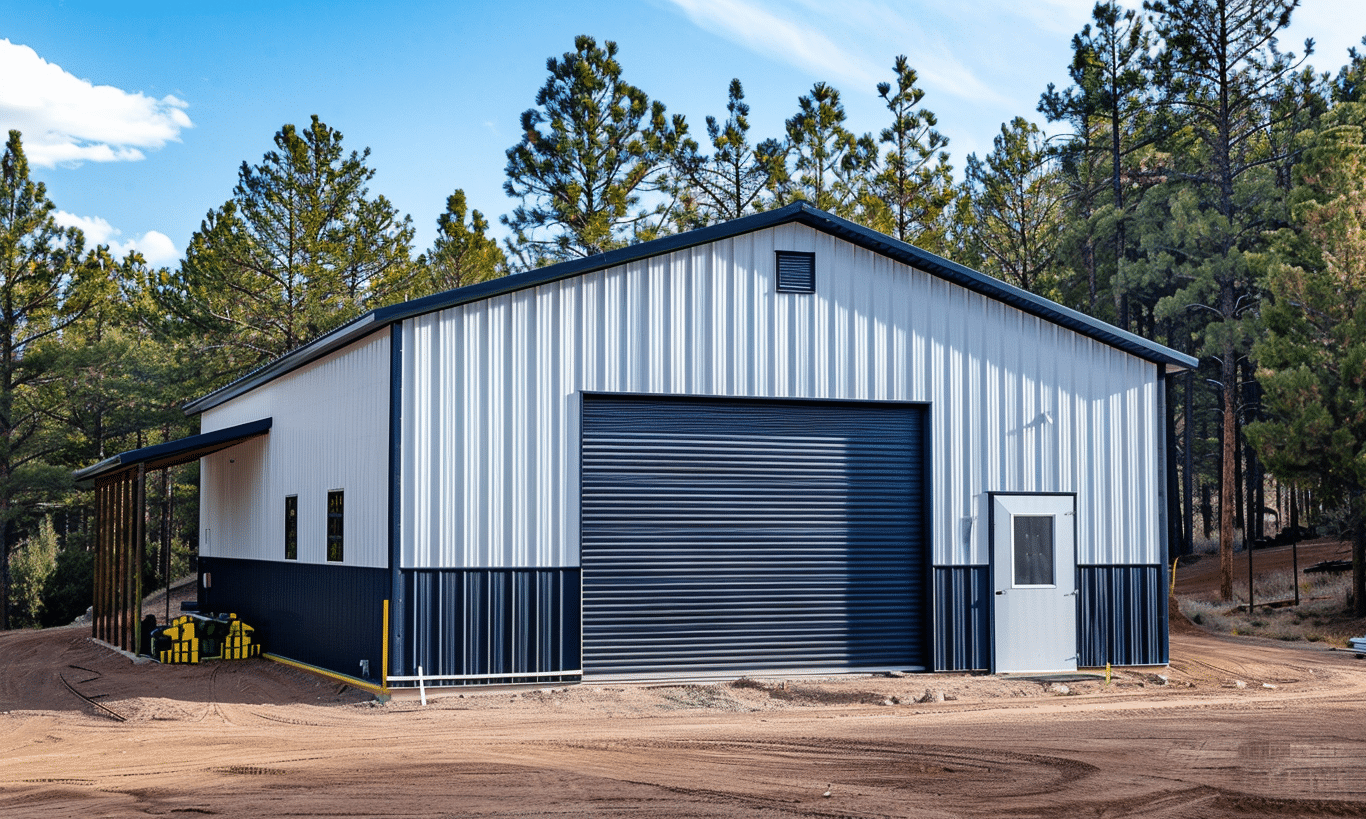New Far North Hospital Moves a Step Closer to Reality: A $1.8B Design Project
In a recent development that has sent ripples in the realms of construction and healthcare in Northern Ontario, the Government of Ontario, in partnership with the Weeneebayko Area Health Authority, has awarded a massive $1.8 billion fixed-price contract. This hefty deal will finance the design, construction, and implementation of a new, cutting-edge hospital in the Far North region.
Progress Towards a Revitalized Healthcare Vision
The envisaged Far North Hospital reflects a momentous stride towards reframing health care services in the region. This mega project will not only enhance diagnostic and treatment capabilities but also create numerous jobs, boosting local economies. Its strategic location in the Far North region is purposely chosen to bridge the healthcare disparities that remote communities often face.

Pioneering a New Approach in Medical Infrastructure Development
This project’s novel approach, which consolidates diversionary treatment, emergency care, and specialized services under one roof, opens a new chapter in how medical infrastructure can be leveraged to deliver high-quality, accessible, and timely healthcare. It’s a stirring example to developers and architecture firms on the evolving reasons why healthcare design matters in a post-pandemic world.
The Intersection of Construction and Healthcare Innovation
The Far North hospital extends beyond typical construction scope— signifying not just a brick-and-mortar project, but a compass directing towards a more inclusive healthcare model. It symbolizes an intersection of construction ingenuity, healthcare innovation, and community development. In this instance, the construction project transcends its physical frame, underlining the delicate interconnections of building design, community health, and locality development.
The Echoing Significance for the Construction and Real Estate Spaces
The hospital’s development will invariably attract a flurry of related projects, from residential to commercial, effectively transforming the local real estate scene. Many real estate developers and investors are already showing keen interest in the region, potentially making it a hotspot for building firms seeking lucrative garage package projects or innovative home additions.

Added to this is the emergent issue of sustainable construction. As project planners sketch transformative blueprints, they’re having to walk a thin line, ensuring that any development does the least harm to the virgin northern landscapes. It’s an intriguing unfolding that everyone—construction companies, technology providers, green advocates, and the public—should keep a keen eye on.

Conclusion and Moving Forward
With everything short of the physical realization, the $1.8 billion Far North hospital is more than just a landmark within Northern Ontario—it’s a testament to progressive thinking and socio-economic innovation. Acknowledgment of intertwining health rights and community development has set the stage for a more inclusive, efficient, and transformative healthcare infrastructure.
What do you think are the possible implications of this development for your locality? Are there any particular issues you’d like us to address related to such mega construction projects? Share your thoughts in the comments section below.
*For more on this, check out the original report.*




